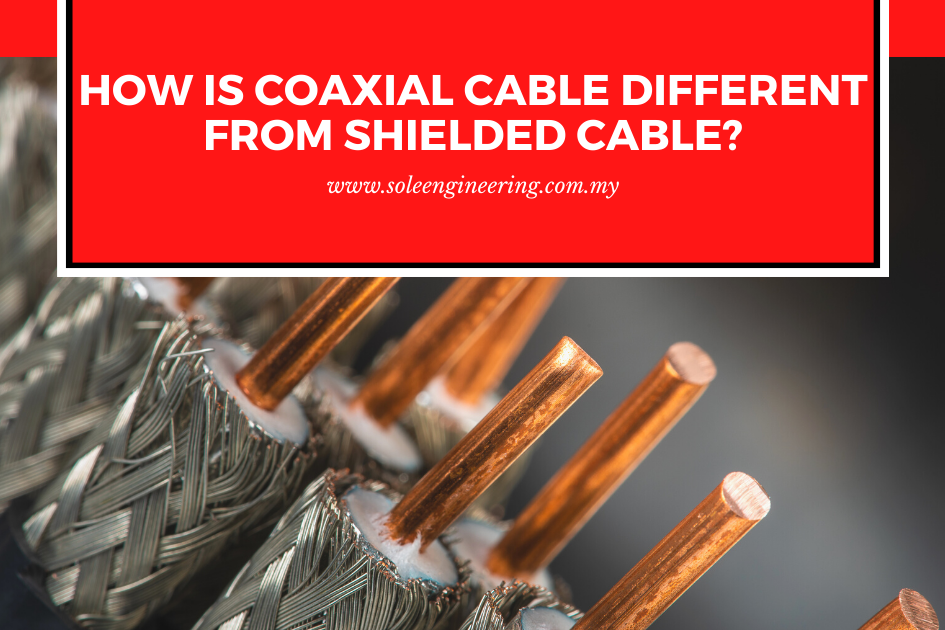The specifications of network cable employed in the infrastructure of any network are essential to evaluate deeply. Coaxial cables and shielded twisted pair cables are two major types of cables that are used throughout the business networks. Technically and functionally both are different and useful for specific purposes. Typically coaxial cables are preferred over shielded twisted pair (STP) cables for business usage. In contrast to it, STP is preferred for internal use due to its low cost and speed.
Coaxial cable VS STP cables
The major difference between coaxial cables and STP can be highlighted based on the following parameters
- Composition and constitution
- Application and significance
- Process of installation
- Transmission of signal
General description
- Coaxial Cable (aka coax cable) is a sub-type of guided media that is designed to transmit large frequency signals. It can support a long cable length between two devices. Signal propagation in coaxial cable is in the form of TEM ( transverse electromagnetic) mode
- A shielded twisted pair cable is a subtype of guided media in which a circuit is made by twisting two wires to perform transmission. It is a specific kind of copper telephone and local area network (LAN) wiring that adds outer covering or shield to functions as a ground to ordinary twisted pair wiring
The difference in Composition:
- Coaxial cable is composed of a solid conductor, three coats of insulation, and a grounding conductor. In coaxial cables, the inner solid conductor helps in transmitting the signals in the form of electrical signals.
- Shielded Twisted pair cable is composed of a combination of insulated copper wires and outer shield In twisted pair cable, metallic copper wire helps in transmitting the signals in the form of electrical signals.
Difference in Applications
Coaxial cables are commonly used in
- Internet connections
- Television signal distribution
- Radio transmissions
STP cables are commonly used in
- Telephone lines
- Ethernet networks
- Security camera system
- LANs
The difference in the Installation process
The installation process is a major factor that decides that how much product is compatible and convenient for the customer.
- Coaxial cables are technically complicated to install and difficult to implement
- In contrast, STP cables are easy to implement and install.
Difference in Transmission
Transmission of the signal is an important parameter to differentiate between mechanical and electronic cables.
- Coaxial cable is associated with the transmission of signals that happen via the inner conductor of the cable.
- A shielded twisted pair cable is associated with the transmission of signals that happens via metallic conducting wire.
Pros and cons of coaxial cable
Pros
- Coaxial cables give excellent performance in short distance transmission
- It does not cause any sort of signal loss
- It is most suitable for home installation
Cons
- There is a possibility of signal leakage at the connection
- Speed fluctuation in the coaxial cable under heavy use
Pros and cons of shielded cable:
Pros
- Shielding minimize the chances of crosstalk and gives protection from interference
- It exhibits better electrical characteristics as compared to unshielded cables
- It can be easily terminated with a modulator
- It shows excellent performance in short distances
Cons
- Improperly grounded cables may act as an antenna and catch unwanted signals
- It possesses a high attenuation rate
- Shielding increases the overall diameter and weight of the cable thus making it unfit for narrow cable ducts.
- It possesses low durability
- It is susceptible to electromagnetic interference (EFI)
Final word
Coaxial cables and shielded twisted pair cables both are in common practice for the installation of network cables and signal transmission. The distinction between these two cable wires makes it more specific towards its application and usage.







